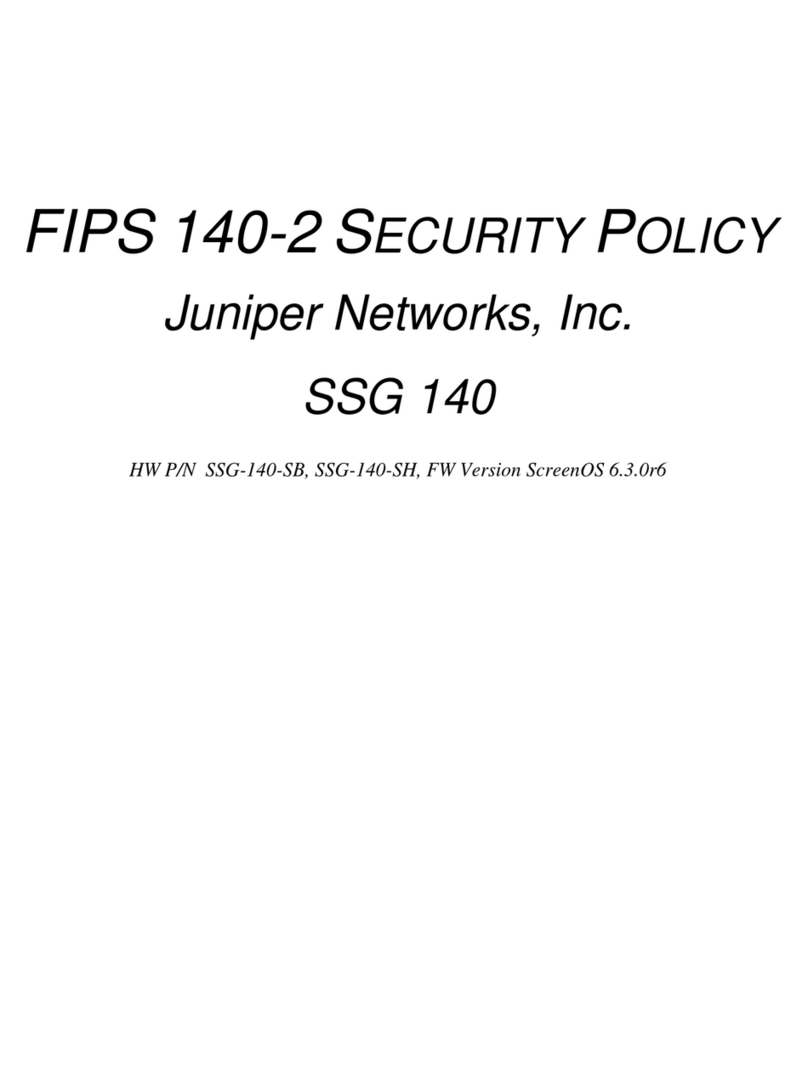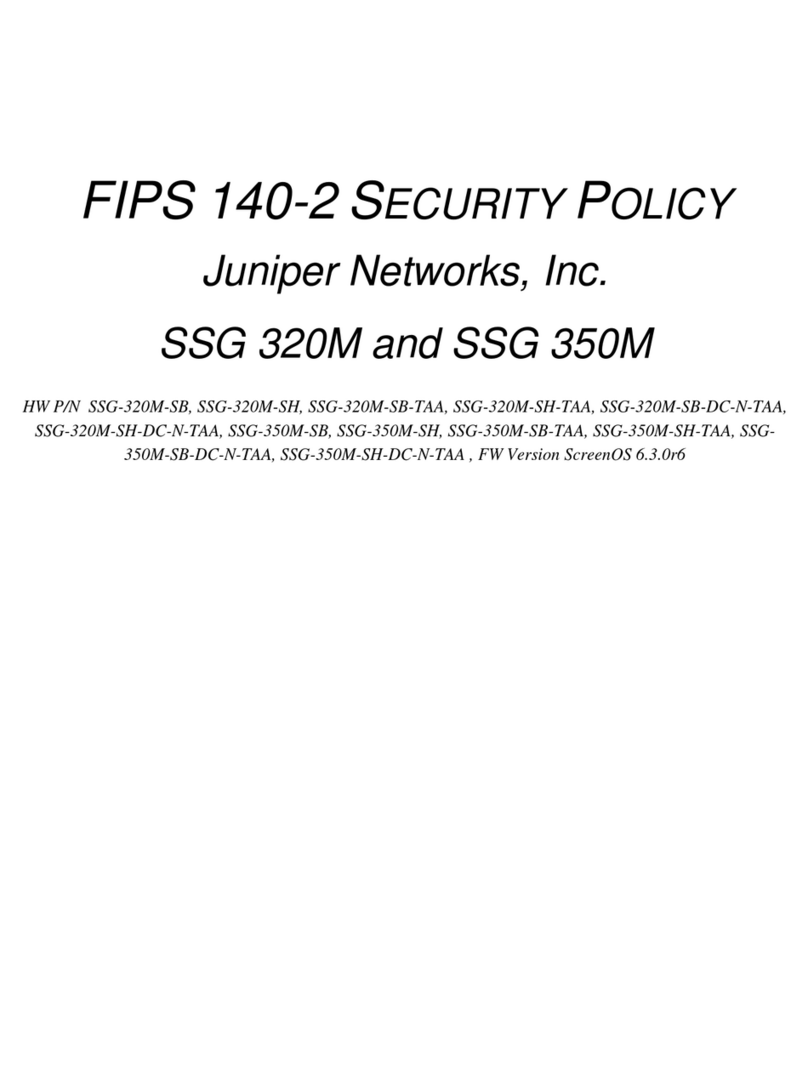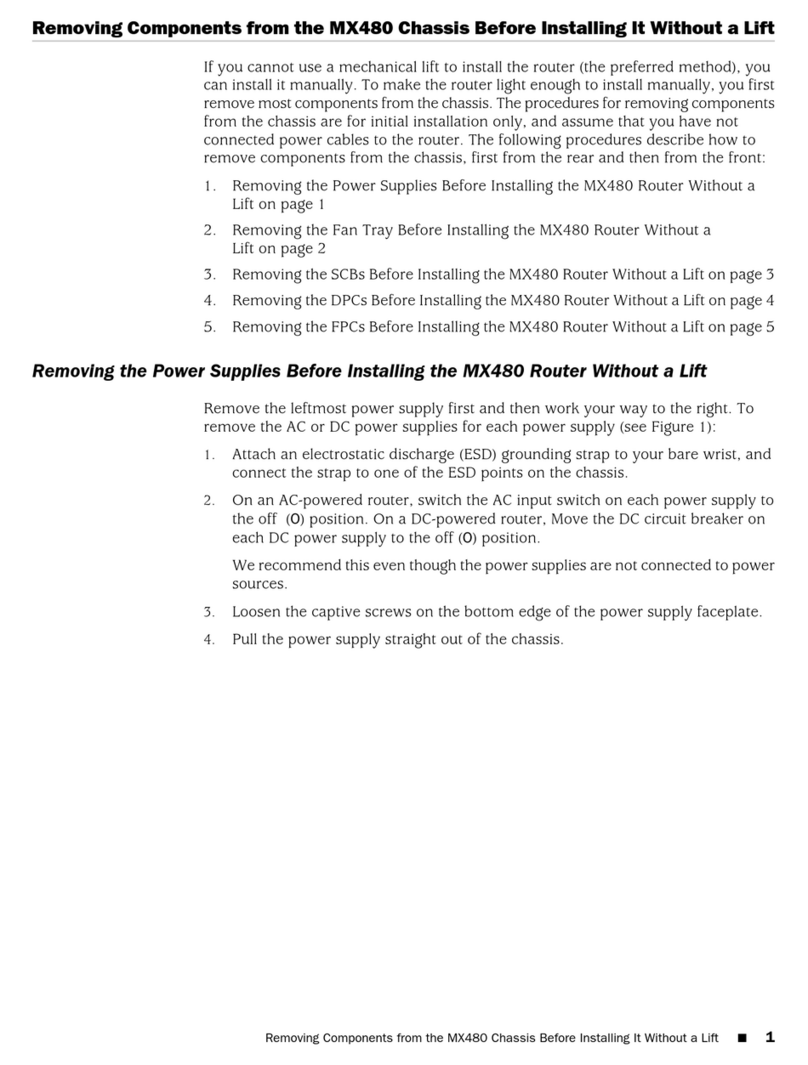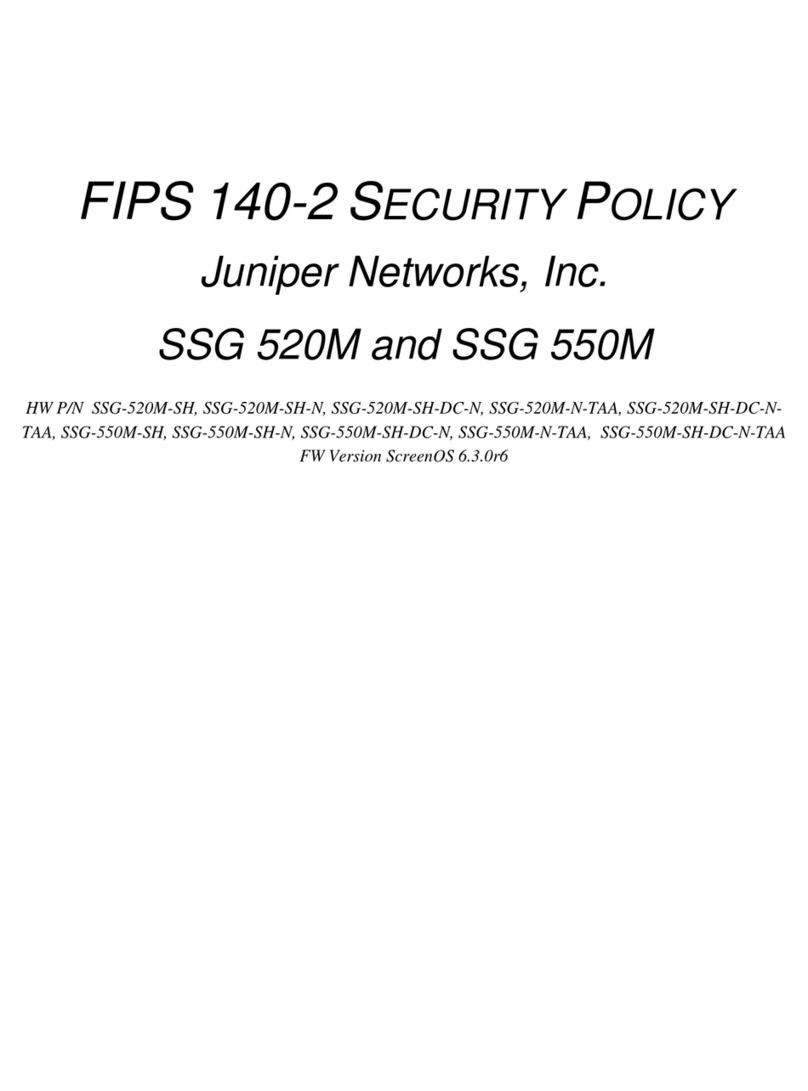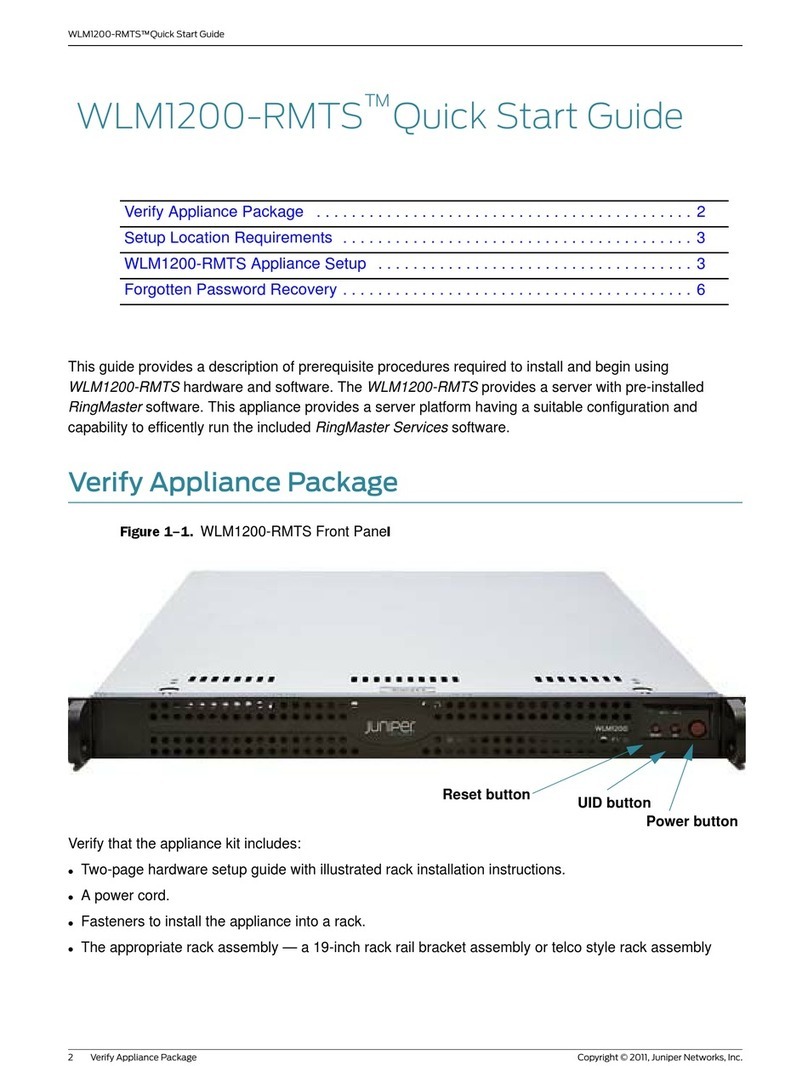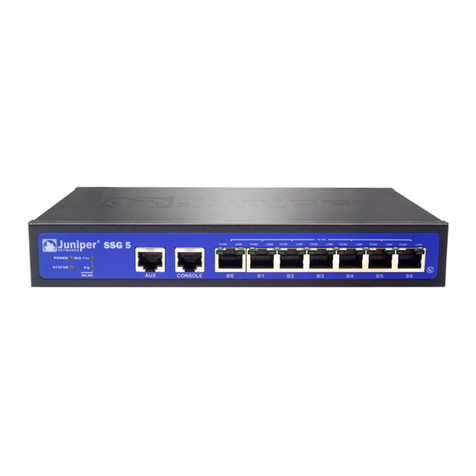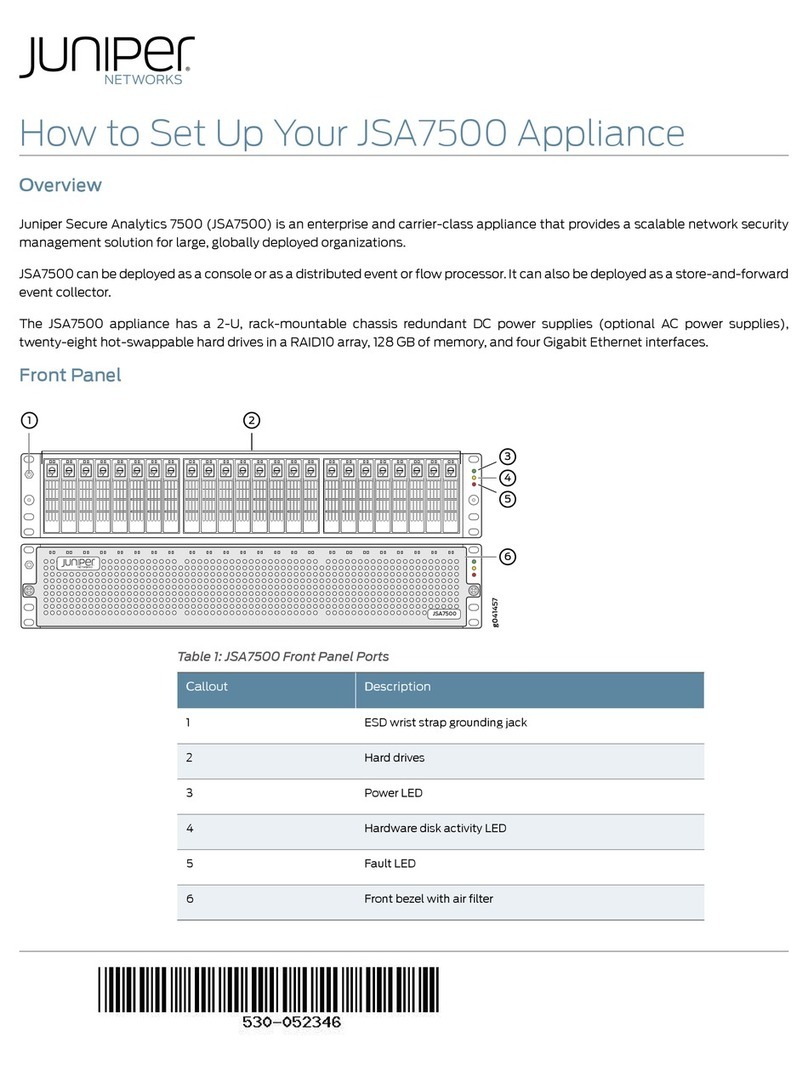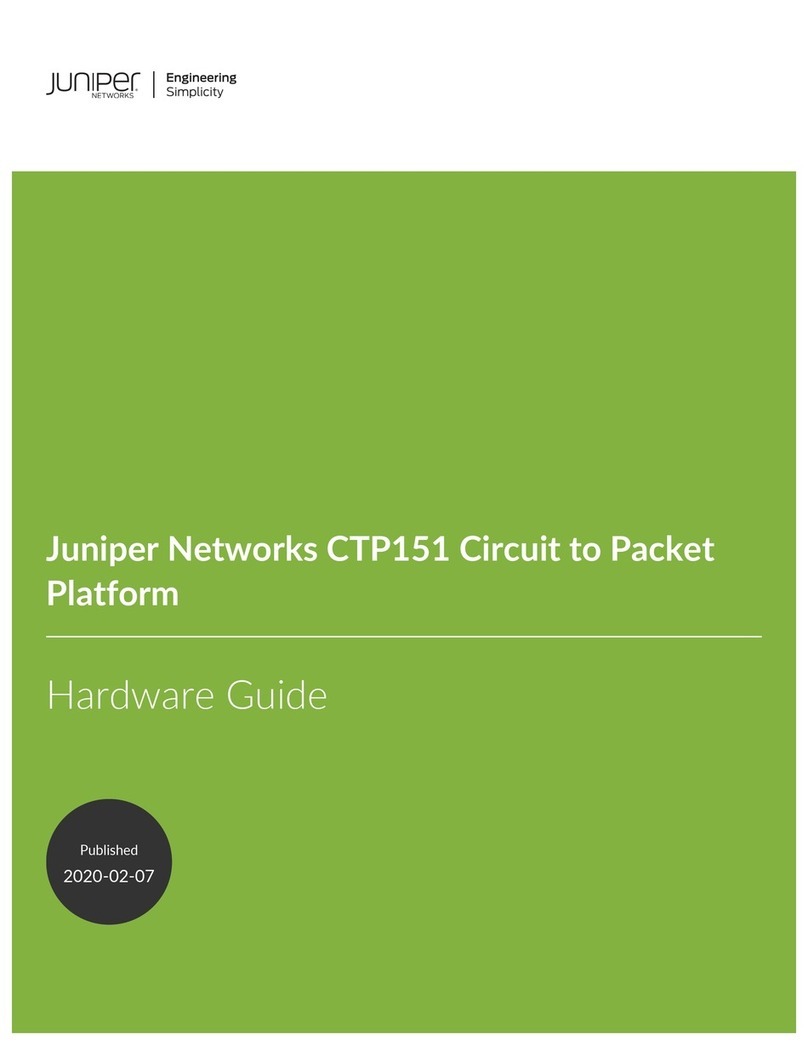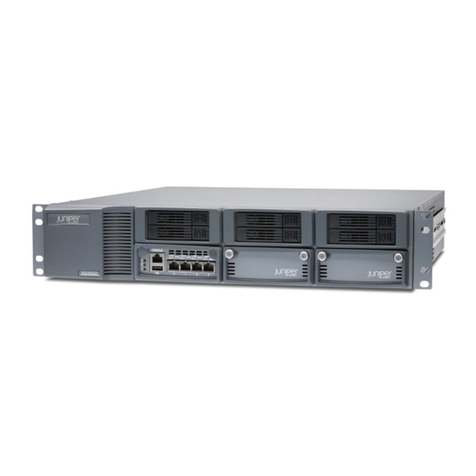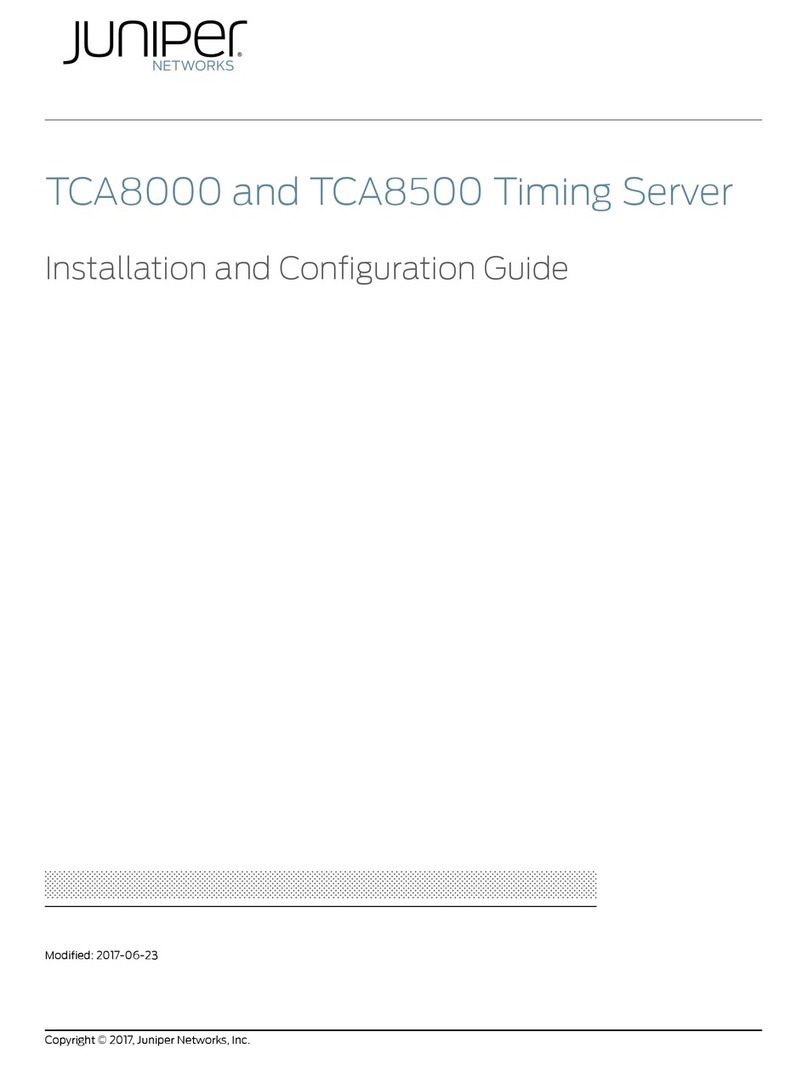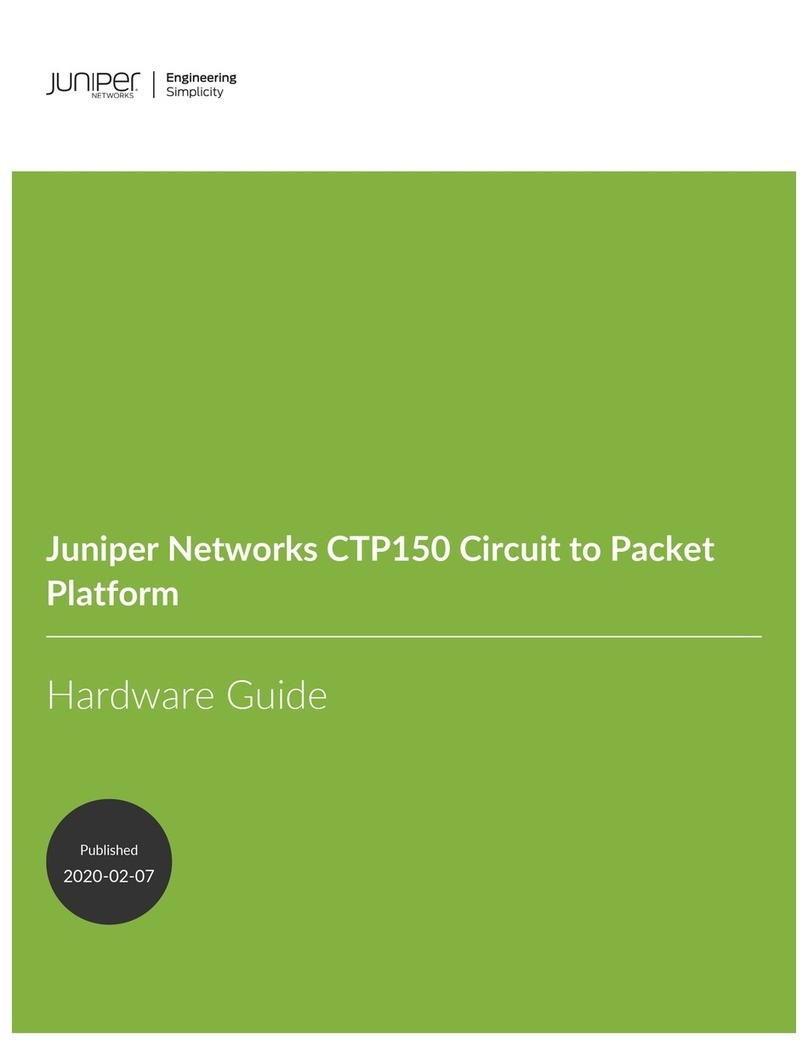
Displaying Ethernet Media Information (CTP Menu) . . . . . . . . . . . . . . . . . . . . . . . 33
Configuring Ethernet Media (CTP Menu) . . . . . . . . . . . . . . . . . . . . . . . . . . . . . . . . 34
Configuring the Direction of the Circuit (CTPView) . . . . . . . . . . . . . . . . . . . . . . . . 35
Configuring the Direction of the Circuit (CTP Menu) . . . . . . . . . . . . . . . . . . . . . . . 36
Configuring Virtual IP Parameters for CTP Bundles (CTPView) . . . . . . . . . . . . . . . 37
Configuring Virtual IP Parameters for CTP Bundles (CTP Menu) . . . . . . . . . . . . . 38
Configuring the Missing Packet Fill Pattern for CTP Bundles (CTPView) . . . . . . . 39
Configuring the Missing Packet Fill Pattern for CTP Bundles (CTP Menu) . . . . . . 40
Configuring IP Forwarding for CTP Bundles (CTPView) . . . . . . . . . . . . . . . . . . . . . 41
Configuring IP Forwarding for CTP Bundles (CTP Menu) . . . . . . . . . . . . . . . . . . . . 42
Configuring Signaling for CTP Bundles (CTPView) . . . . . . . . . . . . . . . . . . . . . . . . 44
Configuring Signaling for CTP Bundles (CTP Menu) . . . . . . . . . . . . . . . . . . . . . . . 48
Configuring Serial Port Parameters for CTP Bundles (CTPView) . . . . . . . . . . . . . 52
Configuring Serial Port Parameters for CTP Bundles (CTP Menu) . . . . . . . . . . . . 54
Configuring Transparent Encoding for CTP Bundles (CTPView) . . . . . . . . . . . . . . 58
Configuring Transparent Encoding for CTP Bundles (CTP Menu) . . . . . . . . . . . . . 60
Configuring Bundle Pairs for TDM/TDC Operation (CTPView) . . . . . . . . . . . . . . . 62
Configuring the High-Speed CTP Bundle for TDM/TDC Operation
(CTPView) .................................................62
Configuring the Low-Speed CTP Bundle for TDM/TDC Operation
(CTPView) .................................................63
Configuring Bundle Pairs for TDM/TDC Operation (CTP Menu) . . . . . . . . . . . . . . 64
Configuring the High-Speed CTP Bundle for TDM/TDC Operation (CTP
Menu).....................................................64
Configuring the Low-Speed CTP Bundle for TDM/TDC Operation (CTP
Menu) ....................................................66
Configuring T1 and E1 Port Parameters for CTP Bundles (CTPView) . . . . . . . . . . 66
Configuring T1 and E1 Port Parameters for CTP Bundles (CTP Menu) . . . . . . . . . 69
Configuring Multiservice Port Parameters for CTP Bundles (CTPView) . . . . . . . . 72
Configuring Multiservice Audio Mode Port Parameters for CTP Bundles
(CTPView) .................................................72
Configuring Multiservice IRIG-B Mode Port Parameters for CTP Bundles
(CTPView) .................................................74
Configuring Multiservice TDC Mode Parameters for CTP Bundles
(CTPView) .................................................76
Configuring Multiservice 4WTO Mode Port Parameters for CTP Bundles
(CTPView) .................................................77
Configuring Multiservice Port Parameters for CTP Bundles (CTP Menu) . . . . . . . 78
Configuring Multiservice Audio Mode Port Parameters for CTP Bundles (CTP
Menu).....................................................79
Configuring Multiservice IRIG-B Mode Port Parameters for CTP Bundles
(CTPMenu)................................................81
Configuring Multiservice TDC Mode Parameters for CTP Bundles (CTP
Menu).....................................................83
Configuring Multiservice 4WTO Mode Port Parameters for CTP Bundles
(CTPMenu)................................................84
Configuring 4WTO Port Parameters for CTP Bundles (CTPView) . . . . . . . . . . . . 86
Configuring 4WTO Port Parameters for CTP Bundles (CTP Menu) . . . . . . . . . . . 89
Configuring IRIG-B Port Parameters for CTP Bundles (CTPView) . . . . . . . . . . . . . 92
Copyright © 2018, Juniper Networks, Inc.iv
Using Bundles to Create Logical Configurations for Physical Interfaces, CTP Release 7.3, CTPView Release 7.3
